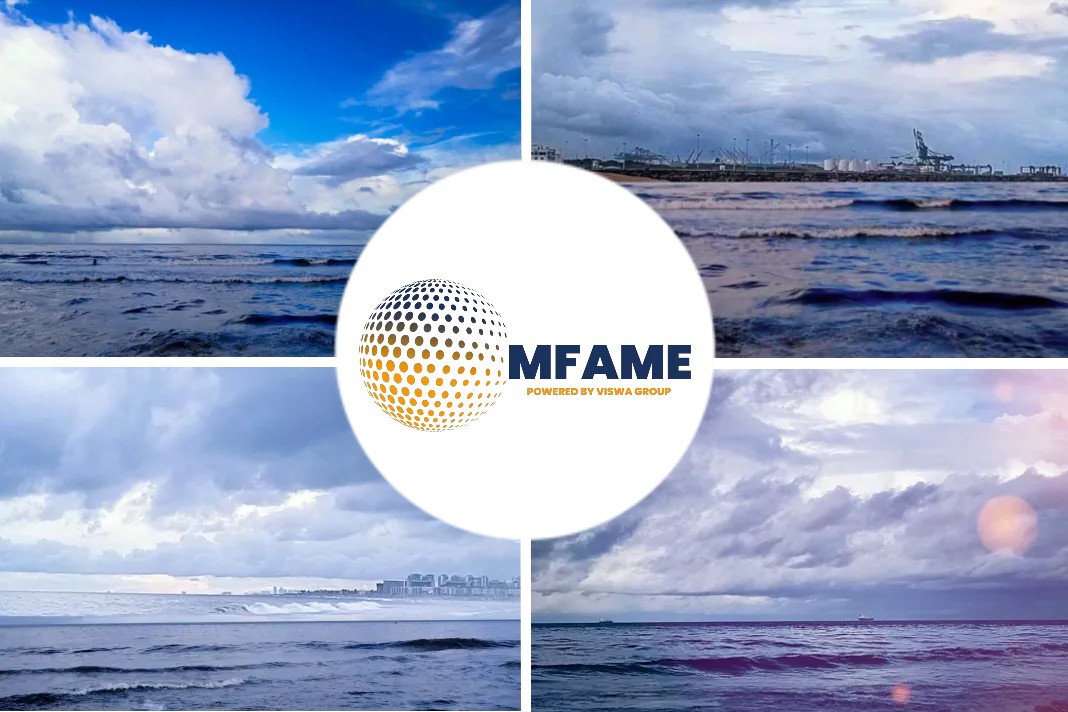The COVID-19 pandemic has pulled together a variety of factors that have brought the opportunities of artificial intelligence (AI) and machine learning (ML) into sharp focus across the board, says a Lloyd’s Register news source.
Authored by James Fanshawe CBE AFNI, Chairman of the UK’s Maritime Autonomous Systems Regulatory Working Group.
Artificial Intelligence and its role in shipping industry
How many times have you been asked to confirm that you are not a robot on the web in the last year?
Finding bits of traffic lights within the squares of a grid is something we see as a necessary inconvenience and take for granted, but does it actually achieve anything?
You order an item from a site and within seconds you are deluged with related feeds across your media spectrum.
Very often this is for the item you have just spent good money to purchase. And we label this artificial intelligence!
Clever ways of linking search words to artificially generated messages is not the key to optimising what machines can tell and do for us.
What this potential oxymoron?
We are in the infancy of understanding what this potential oxymoron actually means and there is a risk that people may lose confidence, trust and interest in the real potential waiting to be unlocked.
This is certainly not helped by the rapidly rising tide of Cybercrime by very well organised and, sadly, effective, corporations.
As we inch back towards life in the immediate post-COVID era it is time to take a critical look at what might have been achieved while we have all been cooped up with our monitors, microphones, and speakers.
The cynic might argue that we have stood still, or even dropped back, and the imperative to exploit the opportunities presented by AI and ML must take their place in the future as we rebuild and recover from the effects of COVID.
Sustainability Development Goals in maritime
But this completely overlooks their joint roles in achieving the various targets within the UN Sustainability Development Goals in maritime, especially decarbonisation and the pursuit of emission reductions, not to mention increasing safety standards and business efficiencies.
The maritime world is largely built around conventional thinking and servicing the needs of the seafaring community.
Whilst these are critical components for the future, as they have always been, they must not be allowed to stifle the technological progress which is needed so badly.
Key sustainability goals are to be met
If the key sustainability goals are to be met, every piece of a complex jigsaw must be drawn and put into place.
The current efforts to reach new energy source solutions are gathering significant pace. Hydrogen is a key ‘drop in’ word to every article and presentation and there are genuine signs that viable solutions are going to be available in the relatively short term.
Innovative uses of alternative energy sources, including wind, foils, and solar, are also developing well. New battery solutions must be found. The Naval Architects are refining specific hull designs designed to purpose.
Propellor technologies are maturing further. This is not an inclusive list. What is important is that class societies are pressing for innovative answers for all these novel technologies, and they are working very closely with designers and systems specialists to ensure that all these systems can meet their exacting standards; this work is being spearheaded by LR.
Turning to autonomy
Five years ago, this was seen as largely unachievable, but the balance has now shifted. Live projects are underway which will breathe operational life into both short sea and inland waterway ships and barges.
Customer demand is real and pressing
Customer demand is real and pressing to find zero emission solutions and business planning shows quite clearly the benefits from these vessels. They must not be seen as the only answer to the future of shipping.
This is wrong and the many types of larger ships operating today and in the future will continue to need crews as before.
The reality is that there are great number of benefits being explored which AI and ML offer the maritime world.
This includes ports and the many institutions which depend on maritime trade flowing ever more smoothly.
This is a two way flow between larger shipping companies and the smaller end of the market in which autonomy sits, and is dependent on academia and the many research institutions engaged not just in maritime but the full multi-modal spectrum of transport.
COVID-19 been a catalyst
Has COVID-19 been a catalyst to make all this happen? Perhaps.
I suggest it is more realistic to reflect that the pandemic occurred at the perfect time to pull together a variety of factors which brought the opportunities of AI and ML into sharp focus across the board.
Whether or not the COVID years are remembered as a trigger will be less relevant than whether we can work together to exploit the opportunities they present for maritime and other transport operations to continue to service our corporate needs in a much safer way than has been the case in the past.
About the author
James Fanshawe retired from the Royal Navy in 2005 after commanding HMS Hurworth, Cleopatra and Fearless, the UK Task Group and the Devonport Flotilla.
He chairs the UK’s Maritime Autonomous Systems Regulatory Working Group and is a member of the UK Maritime Autonomous Systems Steering Group and the MASG Council.
He is also a director of Zulu Associates and Anglo Belgian Shipping Company.
Did you subscribe to our daily newsletter?
It’s Free! Click here to Subscribe!
Source: Lloyd’s Register























